
With @franklowery our new study on attributes of T cells that contribute to successful cell therapy in cancer patients in @ScienceMagazine today w/ colleagues @slgoff_SB, @NCI_CCR_SB @theNCI a TL;DR thread on key findings with caveats :) 1/10 science.sciencemag.org/content/370/65…
@NCI_CCR_SB has a long history of using tumor infiltrating T cells (TILs) to treat cancers since well.. before I was even born. We analyzed our most successful melanoma ACT trial for cell surface phenotypes in TIL infusion products of patients (aPD1/immunotherapy naive) /2
Surprisingly we found a CD39- TIL subset (CD39-CD69-, DN) associated with ACT-response. TBH we were expecting the opposite (CD39+). We only included CD39 bcz multiple groups (e.g. Simoni et al, 2018) had reported CD39+ as enriching for anti-tumor/neoantigen reactive T cells. /3 
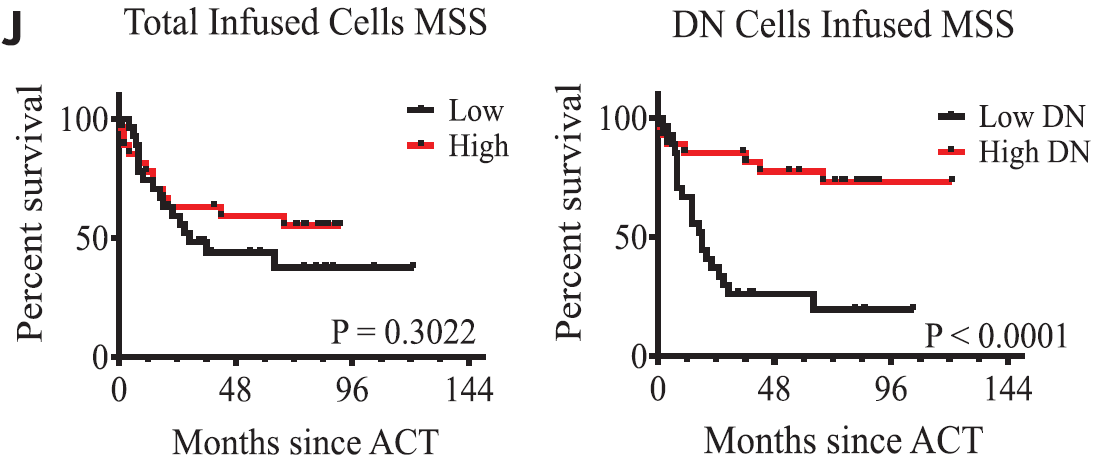
CD39- DN TILs RNA/epigenetics resemble stem-like memory progenitors, and in vitro were able to self-renew, and give rise to other CD39+ subsets. OTOH the most dominant subset of patient infusion products were CD39+ CD69+ (DP) and these guys were terminally differentiated.. /4 
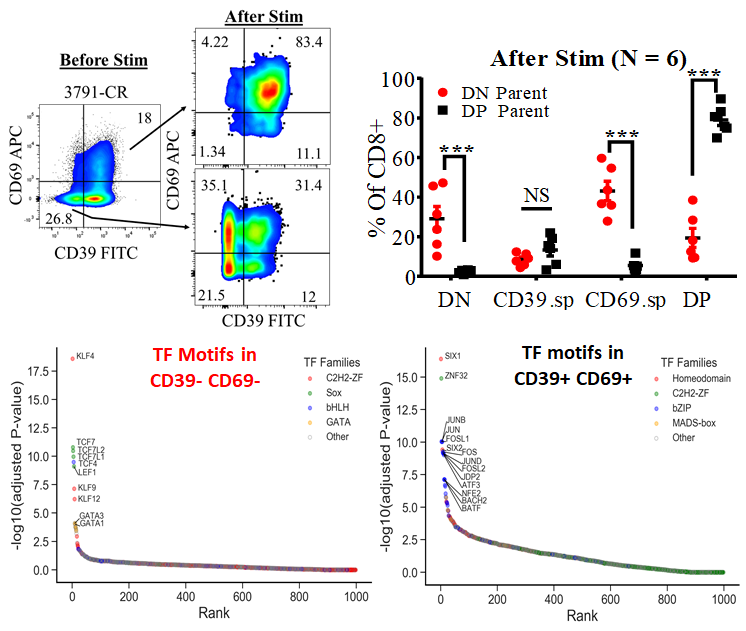
So, to clarify we specifically analyzed tumor-specific mutation-reactive Tcells. Turns out, ACT-responders had pool of neoantigen-reactive TILs in the CD39- phenotype, while non-responders did not (despite other irrelevant CD39- Tcells) -> not all CD39- T cells are bystanders /5 
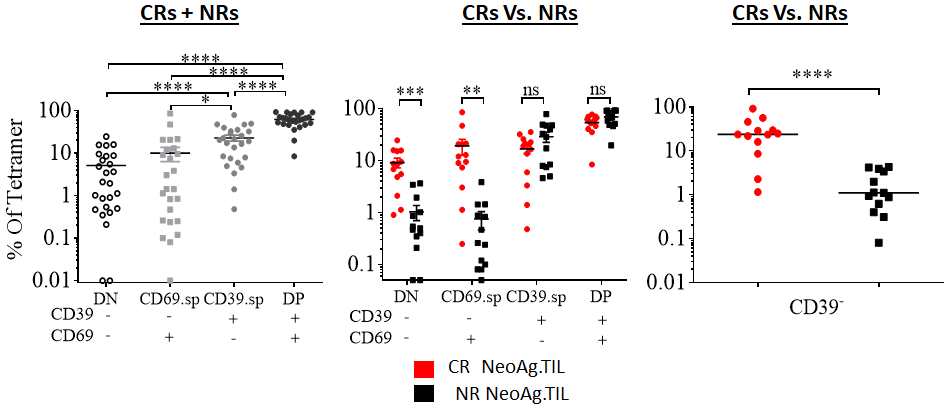
But previous studies aren’t wrong! Even in responders, we find most neoantigen-reactive TILs are CD39+CD69+ (DP). So, we find the same and agree: CD39 does enrich for mutation reactivity. The nuance is those T cells don’t seem to contribute to response at least in this cohort. /6
In this subgroup, we found no differences btwn resp. vs nonresp. in total # of neoag-specific TILs infused or CD39+ neoag TILs infused. By single cell tracking of mutation-reactive TCRs in patient blood, we found DN TCRs tended to persist longer than DP (they crash faster!). /7 
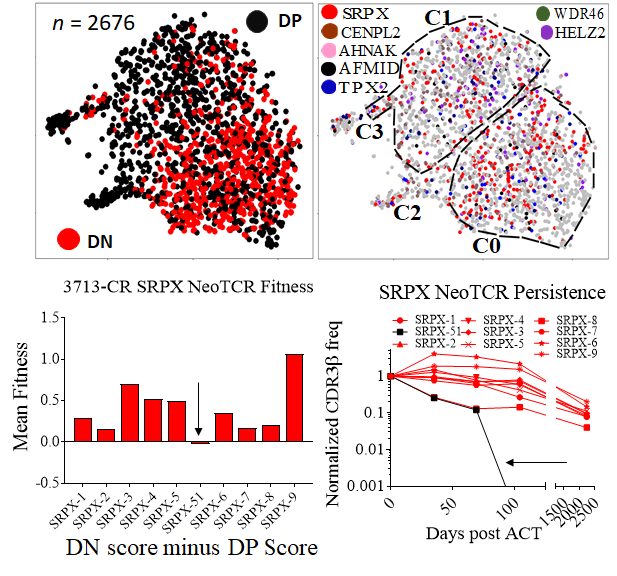
We confirmed this in NYESO-TCR responder by tracking TCR clones over 5yrs! and in Pmel mouse model. In sum: we think stem-like T cells causing ACT response are different from TIL subsets enriched with tumor-reactivity. Recent ICB studies suggest this too (e.g. Kurtulus et al) /8 
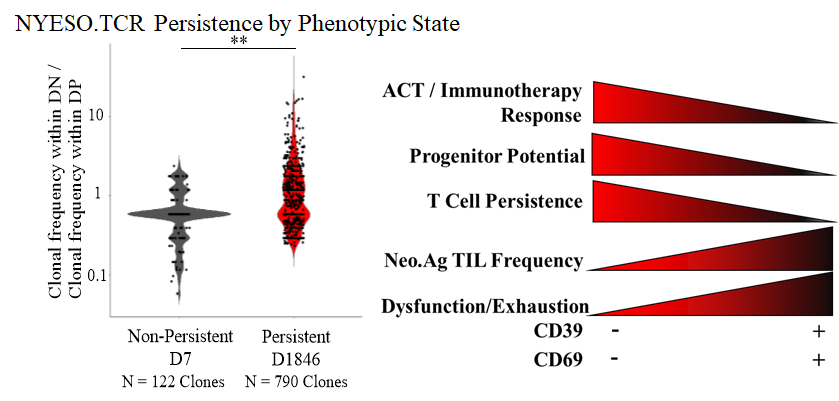
Caveats: Unsure if neog stem-like Tcells true in other tumor, immuno/cell therapy. We study TIL infusions -> probly diffnt from ex vivo TIL. We can’t comment on PRs/SDs (excluded). In 3 CRs, TIL-infusion was exclusively CD39+DP term diff. Tcells: so.. what’s happening there..? /9
These and many more questions to answer. This is the first in hopefully a series of studies we @NCI_CCR_SB have ongoing with respect to TIL phenotypes, so stay tuned :/ Finally, big thanks to my mentors Steve Rosenberg and Paul Robbins. ~fin
• • •
Missing some Tweet in this thread? You can try to
force a refresh



